Specifications
| book-author | Marcelo L. Larramendy, Roberto Rico-Martinez, Sajal Ray, C. R. Walters, Carlos Fernando Garcia |
|---|
| publisher | Royal Society of Chemistry |
|---|
| file-type | PDF |
|---|
| pages | 838 pages |
|---|
| language | English |
|---|
| asin | B073SYBHMN |
|---|
| isbn10 | 1782627812 |
|---|
| isbn13 | 9781782627814 |
|---|
Book Description
The possible impact of manmade contaminants such as agrochemicals on the environment is a major source of concern around the world. Increased use of certain substances can lead to contamination of water, food, and air systems, and it's critical to be able to precisely assess the short and long term impacts in order to combat this pollution.
Ecotoxicology and Genotoxicology: Non-Traditional Aquatic Models (PDF) covers the most up-to-date aquatic species models used as indicators of the adverse effects of environmental pollutants, including models that have never been utilized before. The ebook allows for a better understanding of the consequences of pollutants on non-target species, as well as study of their effects on ecosystems.
Anyone interested in establishing novel biomarker species with high ecological relevance may find this booklet useful. It will be useful to regulatory and research toxicologists, particularly those who study marine water, freshwater, and sediment habitats.
Ecotoxicology and Genotoxicology: Non-Traditional Aquatic Models is included in the product as a PDF ebook. There are no access codes included.
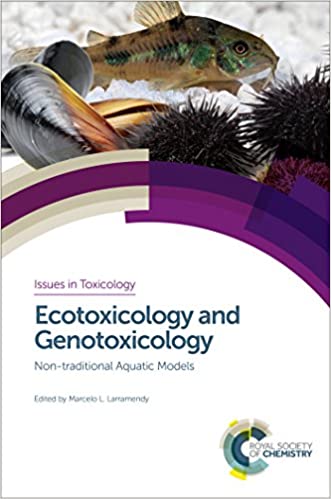
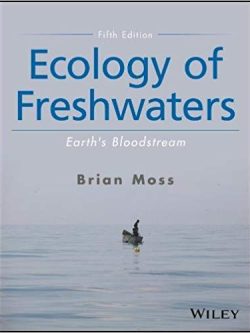
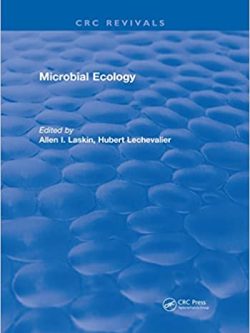
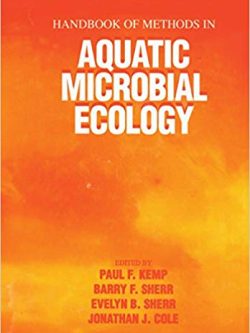
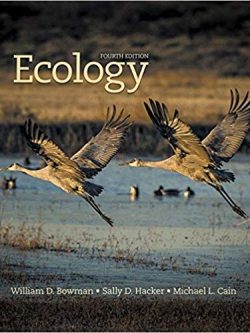


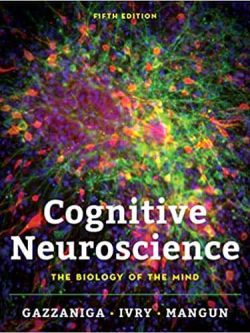

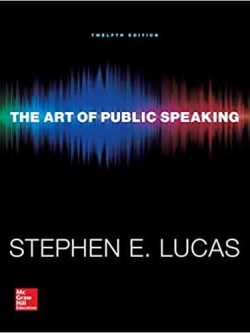


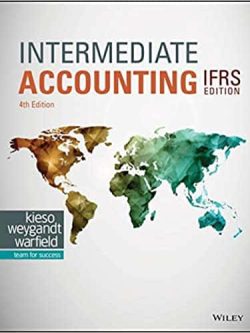
Reviews
There are no reviews yet.